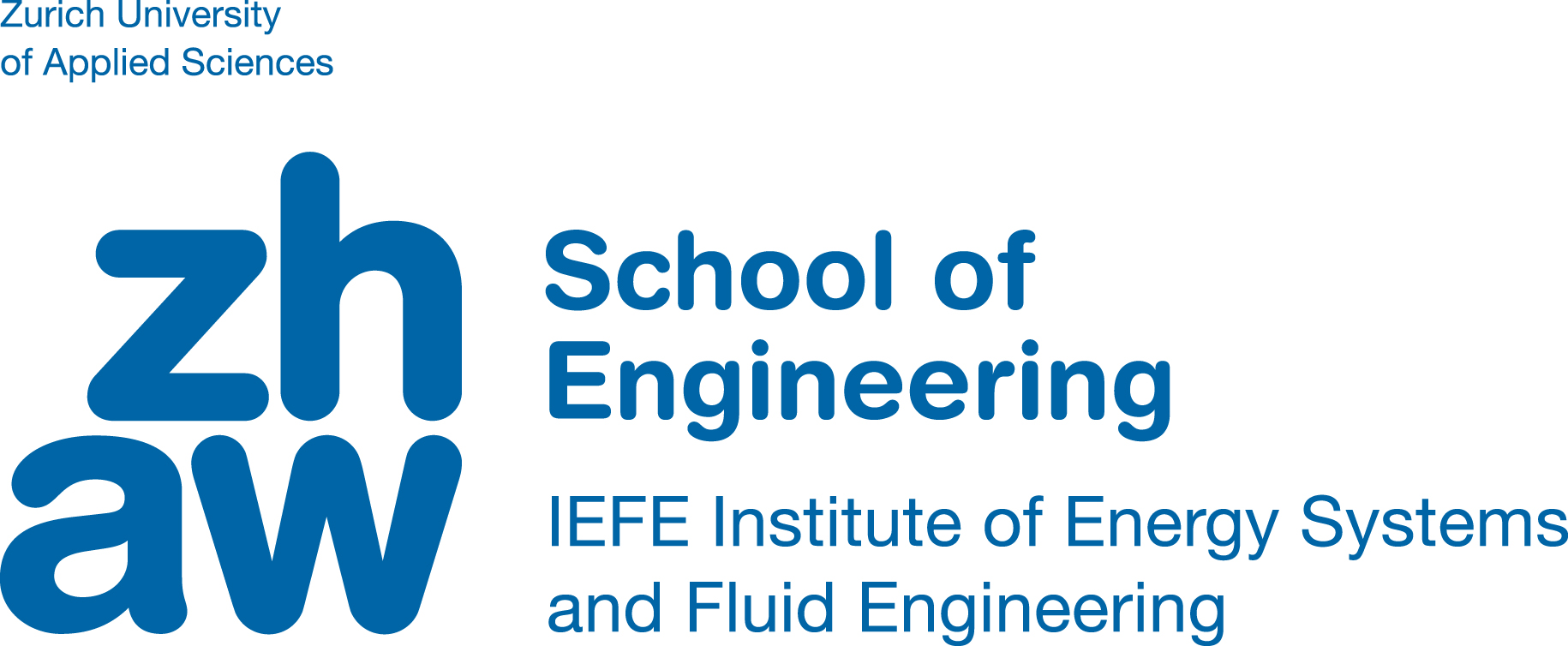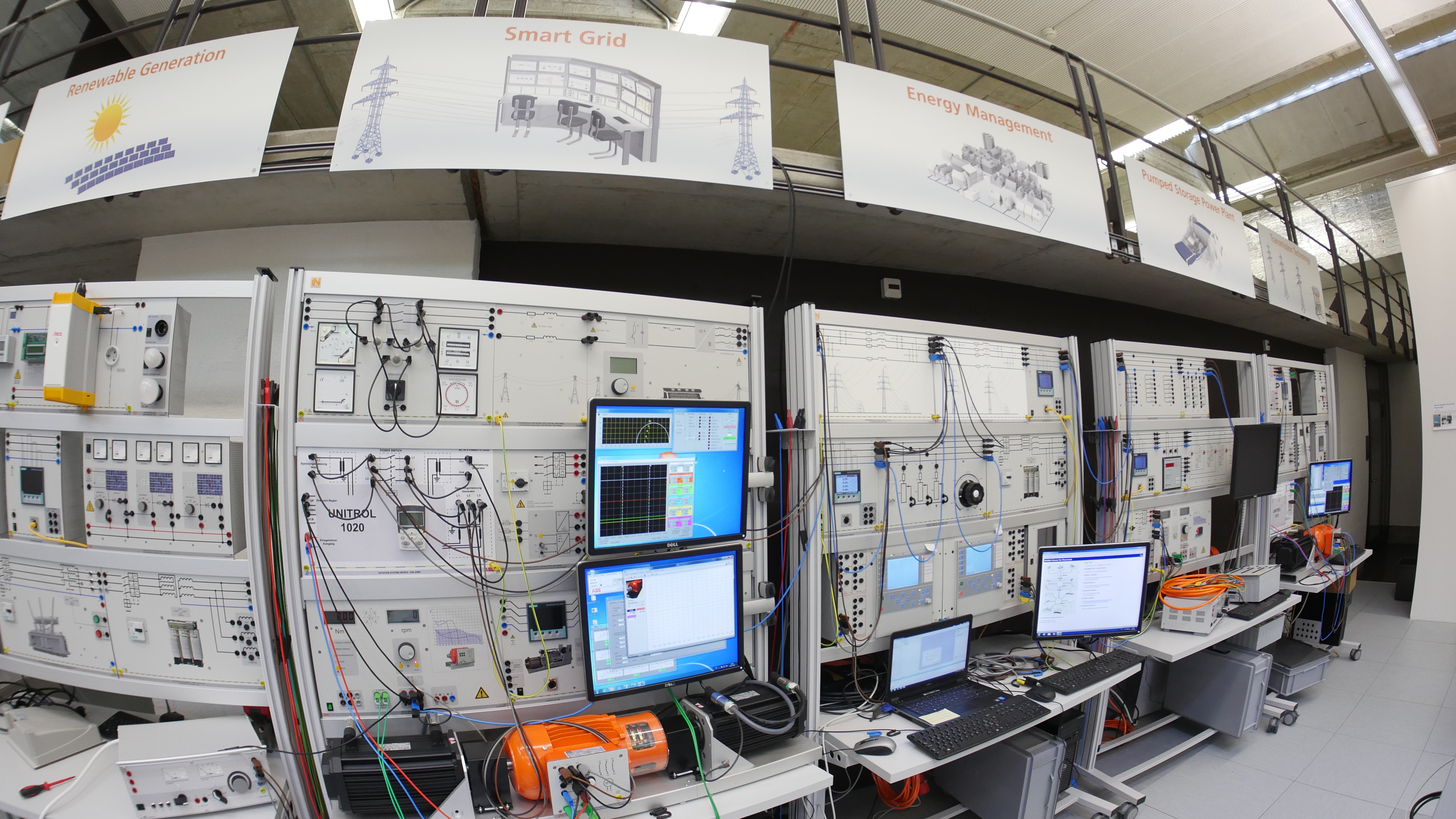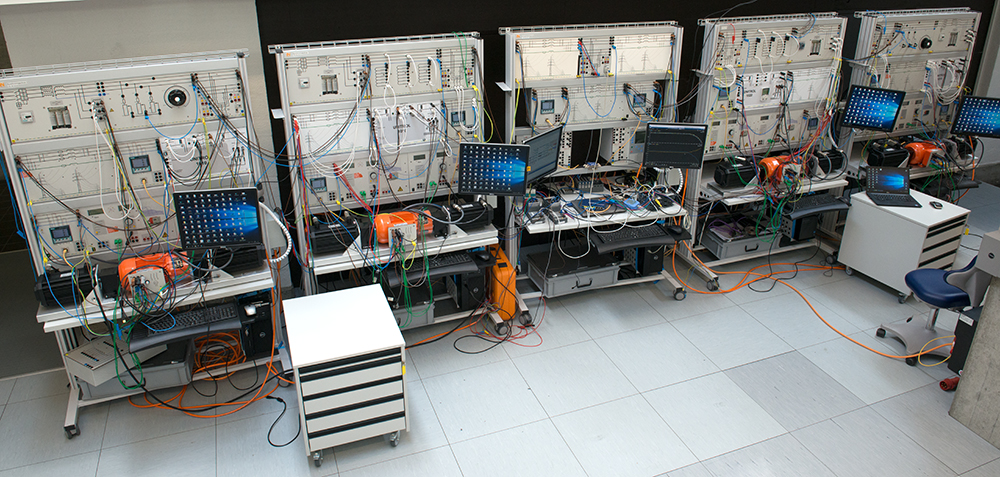 | Country: Switzerland Website: https://www.zhaw.ch/de/engineering/institute-zentren/iefe/ |
Description:
ZHAW is one of the largest and leading universities of applied sciences in Switzerland.
The eight schools of the ZHAW cover a broad range of subjects: Architecture, Design and Civil Engineering, Health Professions, Applied Linguistics, Life Sciences and Facility Management, Applied Psychology, Social Work, Engineering, and Management and Law. About 11 100 students are enrolled in 26 Bachelor’s and 14 Master’s degree programs. All of its schools carry out disciplinary and interdisciplinary research.
ZHAW’s Institute of Energy Systems and Fluid Engineering (IEFE) main research areas and groups are focused on Energy efficiency, Renewable energy and Energy storages and networks. As a result of synergies between the groups, IEFE develops projects from different disciplinary areas including thermodynamic, fluid engineering, process efficiency and automation, producing innovative and efficient solutions. IEFE works in well-equipped laboratories in close cooperation with national partners like Arcolor, Jossi Präzisionstechnik or Paul Scherrer Institut as well as international partners, like ABB, Novartis or Wärtsilä. Additionally IEFE engages in numerous publicly funded research projects (CTI and BFE).
Renewable Electrical Energy Laboratory (REE LAB)

The electric power system and smart grid lab at ZHAW is equipped with several state-of-the-art training systems and educational equipment for further and advanced technical and engineering education. The lab has several mobile tables where is possible to plug and play a wide variety of experiments to investigate topics such as renewable generation, smart grids, energy management and energy storage systems among others. Lab is connected directly to Utility (on-Grid operation); Off-grid operation is expected in the future. Currently all simulations are symmetrical (loads/generation).

Topics related to projects:
- Investigation of the behaviour of a PV system in the event of a power failure
- Recording of weekly income data
- Examination of the voltage at different loads in the local area network; Voltage regulation on the local network transformer using SCADA
- Derating – Power reduction for voltage adjustment
- Influence of the mechanical speed on the generator voltage; Influence of different rotator frequencies
- Influence of the rotor current
- Network synchronization of the DFIG
- Power control in under-synchronous operation
- Power control in over-synchronous operation
- Power distribution
- Reactive power control of the generator
- Reactive power control of the inverter
- Manual power control
- Automatic operation control
- Influence of the pitch angle on the power
- Dynamic behaviour
- Generator protection with the multifunction relay.
- Over- and under voltage protection
- Overcurrent protection
- Anti-sag protection
- Reverse power protection
- Grounding earth fault protection
- Real dynamic power system which is similar to a laboratory scaled version of the Kundur two area system (Island)
Also note that the ZHAW lab is not limited to the experiments described above, because of the wide diversity of existing elements that can be connected and more to be acquired in the near future, only a few possibilities has been described.
Mobile Equipment:
- OPAL-RT multi-core real time simulator for PHIL and CHIL experiments
- Regatron amplifer 30kVA (4 quadrant)
- Network analyzer & transient recorder PQ-Box 300
- Phasor measurement units (PMU) – NI and ABB
- SEL-5078-2 SynchroWAVE synchroWAVe Central-Disturbance Monitoring
- Battery Storage System Li-ION 2.0 kWh (Sonnen)
- 3-Phase industrial photovoltaic inverter 3.2 kVA (Steca)
